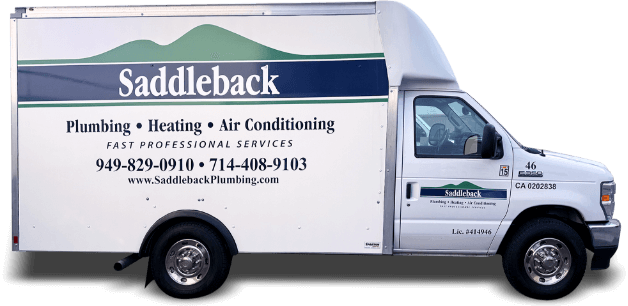Why Select a Two Stage AC vs. Single Stage Air Conditioner
August 19th, 2011When you are in the market for a new air conditioner in Dove Canyon, one of the decisions you will have to make is whether you want a two stage system or one that only functions in a single stage. Single stage air conditioners come on at full capacity when the temperature in your home rises above the preset level on the thermostat.

